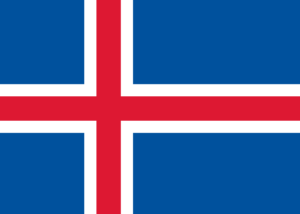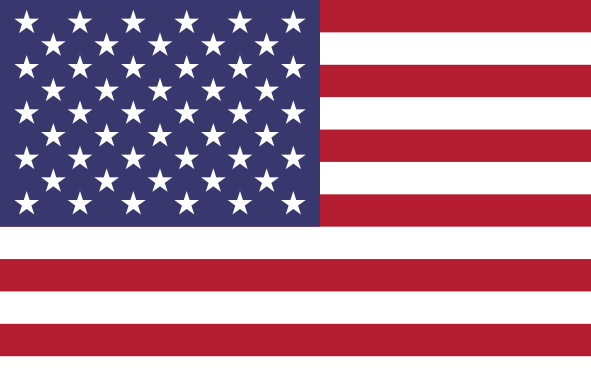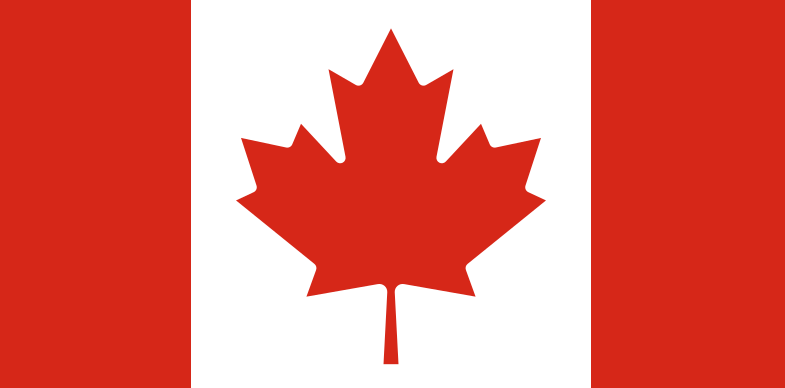Iceland is a European island nation between Greenland and mainland Europe . With a surface area of 102,775 square kilometers and a population of about 350,000, Iceland is the smallest and, because of its location in the North Atlantic far from the European continent, also the most isolated from the Nordic or Scandinavian countries. Sixty percent of the Icelandic population is concentrated in the metropolitan area of the capital Reykjavik in the southwest of the country.
| Quick Facts | |
|---|---|
 |
|
| Capital | Reykjavík |
| Dialing code | +354 |
| Currency | Icelandic króna (ISK) |
| Population | 338,349 (2017) |
| Prime minister | Katrín Jakobsdóttir |
| National language | Icelandic |
Facts
- Iceland is the largest volcanic island in the world, the second largest island in Europe (after Great Britain ) and also the most sparsely populated country in Europe. Although Iceland is part of Europe in political terms, the island lies on the geological boundary between Europe and North America , the Mid-Atlantic Ridge (MAR). Iceland, therefore, originated from volcanic effluents of this reef. The crust is breaking here and the reef is still growing by a few centimeters annually.
- In economic terms, the country has evolved from an isolated agricultural community to a high-tech economy that ensures a very high standard of living for its citizens.
- About 10,000 years ago, after the melting of the large glaciers, the Icelandic land mass began to rise gradually with their huge weight. But the island remains a world of ice and glaciers to this day. The current glaciers do not date from the last great glacial period, but originated during a cold period around 500 BC. Currently, more than 13 percent of Iceland’s surface is covered with snow fields and glaciers. Many of the glaciers are located on volcanoes, and volcanic eruptions are a major threat to tourists who may be living in the remote areas because of the associated glacial flows.




